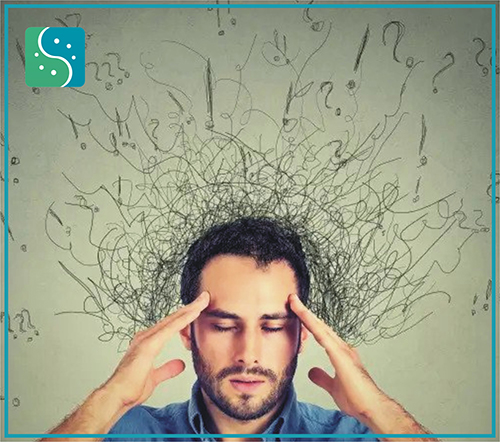OBSESSIVE-COMPULSIVE DISORDER (OCD) is a common anxiety disorder. It causes unreasonable thoughts, fears, or worries. A person with OCD tries to manage these thoughts through rituals.
Frequent disturbing thoughts or images are called obsessions. They are irrational and can cause great anxiety. Reasoning doesn’t help control the thoughts. Rituals or compulsions are actions that help stop or ease the obsessive thoughts.
The sooner OCD is diagnosed and treated, the better the outlook.
Homoeopathy is very proficient in managing the symptoms of OCD because homoeopathic treatment for OCD takes into consideration the entire life situation, physical and emotional make-up of the person. Moreover, relapse and recurrence of the condition can also be prevented with Homoeopathy.
Homoeopathic medicines, with zero side effects, can be of great help in the treatment of Obsessive Compulsive Disorder. Made from natural substances, Homoeopathic remedies strike at the root of the problem and work towards complete treatment.
Obsessive-compulsive disorder (OCD) is a condition in which you have frequent unwanted thoughts and sensations (obsessions) that cause you to perform repetitive behaviours (compulsions). The repetitive behaviours can significantly interfere with social interactions and performing daily tasks.
Everyone experiences obsessions and compulsions at some point. For example, it’s common to occasionally double-check the stove or the locks. People also often use the phrases “obsessing” and “obsessed” very casually in everyday conversations. But OCD is more extreme. It can take up hours of a person’s day. It gets in the way of normal life and activities. Obsessions in OCD are unwanted, and people with OCD don’t enjoy performing compulsive behaviours.
The main symptoms of OCD are obsessions and compulsions that interfere with normal activities. For example, symptoms may often prevent you from getting to work on time. Or you may have trouble getting ready for bed in a reasonable amount of time. You may know that these symptoms are problematic, but you can’t stop them.
In OCD, obsessions are unwanted, intrusive thoughts or mental images that cause intense anxiety. People with OCD can’t control these thoughts. Most people with OCD realize that these thoughts are illogical or irrational. Common examples include.

In OCD, compulsions are repetitive actions that you feel like you have to do to ease or get rid of the obsessions.
People with OCD don’t want to perform these compulsive behaviours and don’t get pleasure from them. But they feel like they have to perform them or their anxiety will get worse. Compulsions only help temporarily, though. The obsessions soon come back, triggering a return to the compulsions.
Compulsions are time-consuming and get in the way of important activities that you value. They don’t have to match the content of your obsessions. Examples include.
Compulsions can also include avoiding situations that trigger obsessions. One example is refusing to shake hands or touch objects that other people touch a lot, like doorknobs.
Experts aren’t sure of the exact cause of OCD. Genetics, brain abnormalities, and the environment are thought to play a role. It often starts in the teens or early adulthood. But, it can also start in childhood. OCD affects men and women equally. It appears to run in families. Other anxiety problems, depression, eating disorders, or substance use disorder may happen with OCD.
Factors that may increase the risk of developing or triggering obsessive-compulsive disorder include.
Problems resulting from obsessive-compulsive disorder may include, among others.
DIAGNOSIS. Steps to help diagnose obsessive-compulsive disorder may include.
Coping with obsessive-compulsive disorder can be challenging. Here are some ways to help cope with OCD:
It’s important to remember that obsessive-compulsive disorder (OCD) is a mental health condition. As with all mental health conditions, seeking help as soon as symptoms appear can help decrease the disruptions to your life. Homoeopathy is very effective in treating OCD and is safe, effective and natural. Homoeopathy is based on the principle of individualisation and symptom similarity by using holistic approach. For individualized remedy selection and treatment, the patient should consult a qualified homoeopathic doctor in person.